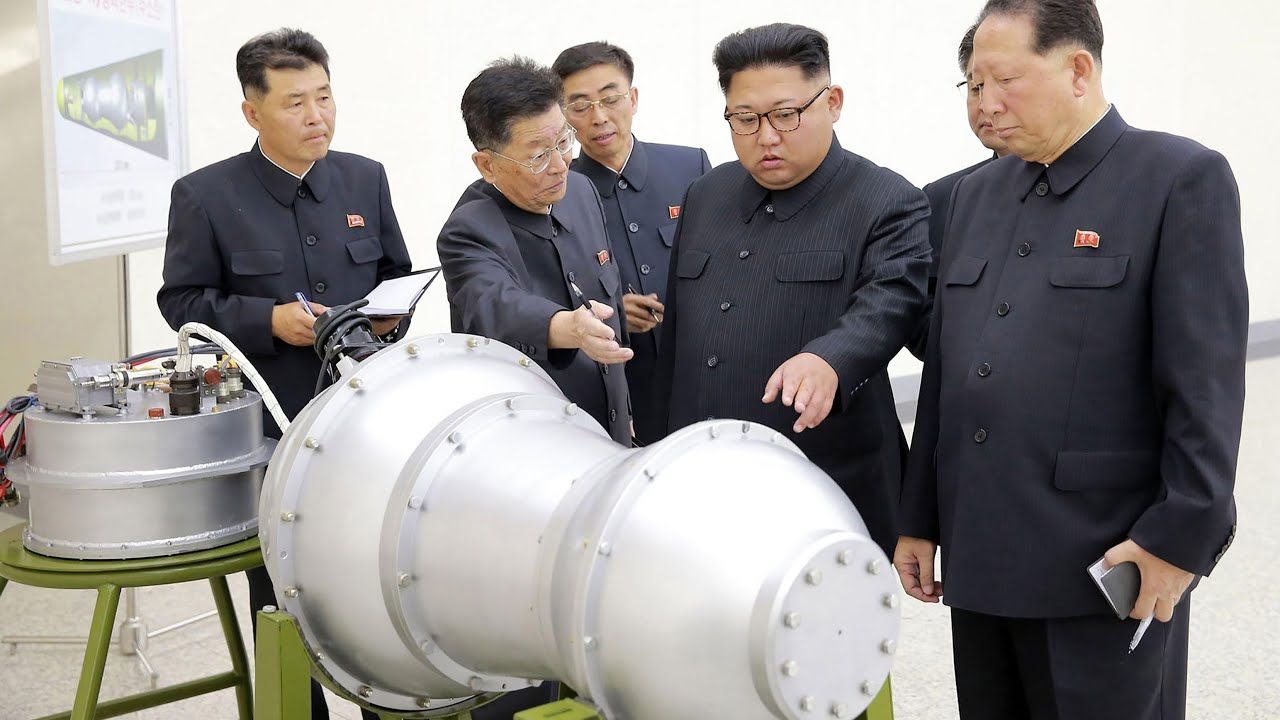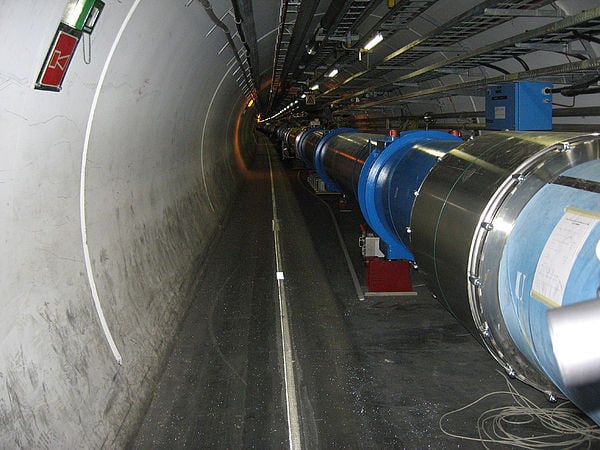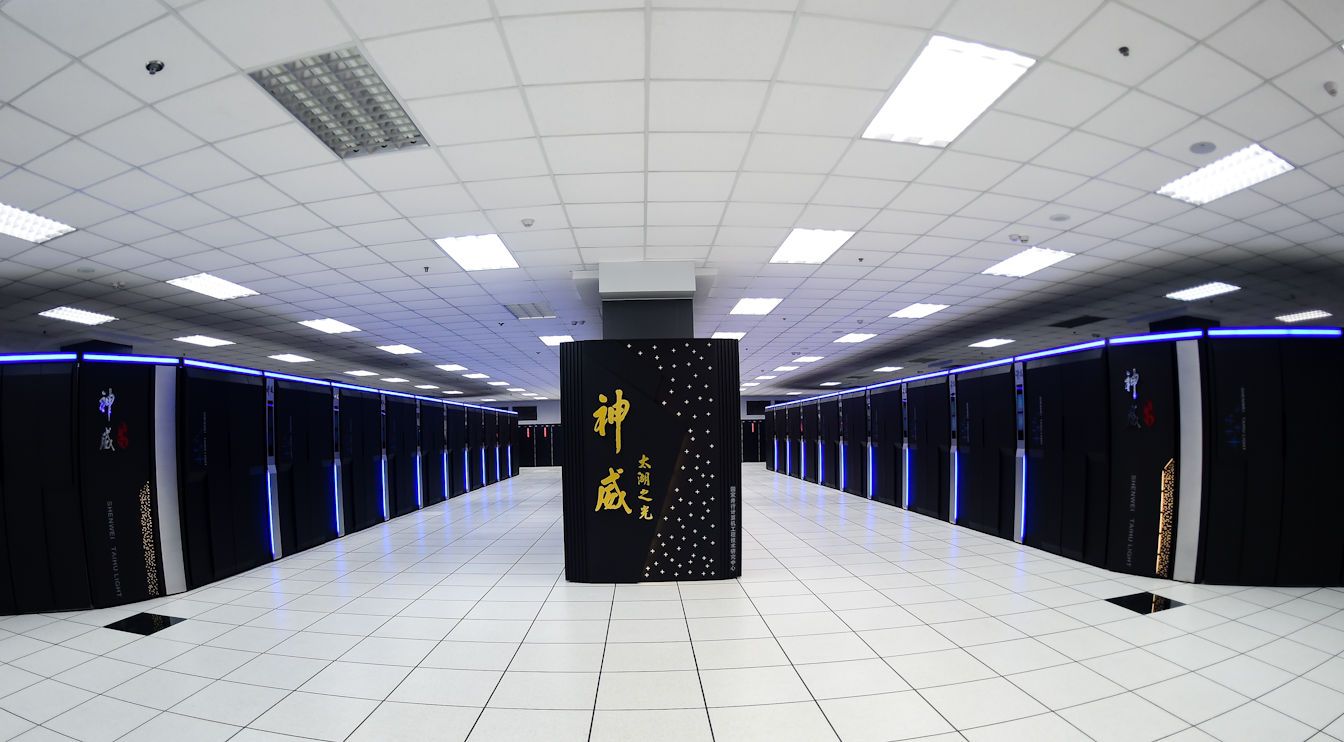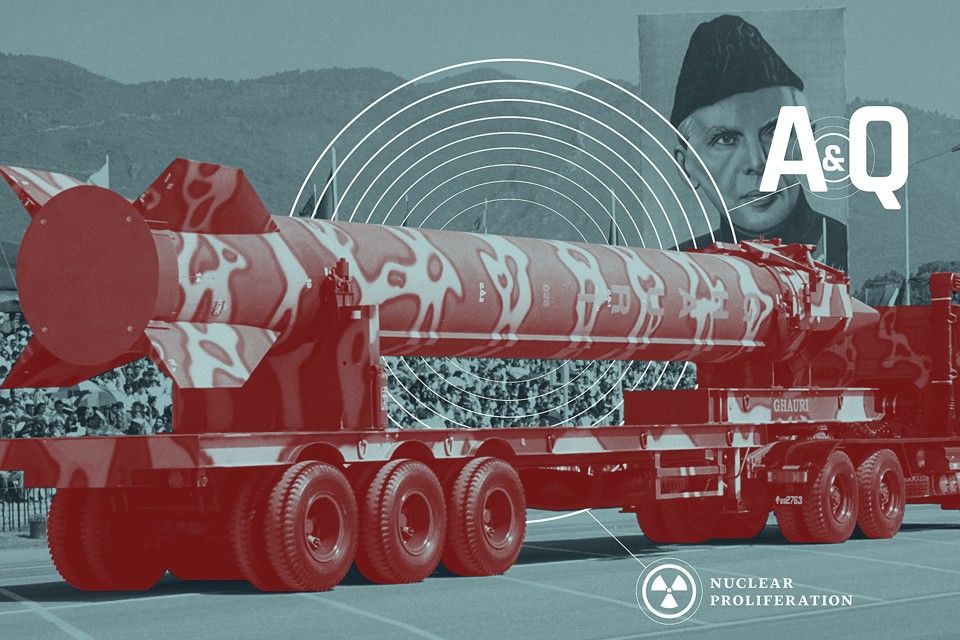Archive for the ‘nuclear weapons’ category: Page 6
Sep 3, 2017
North Korea nuclear test: South Korea to approve US missile defence system – live
Posted by John Gallagher in category: nuclear weapons

Seoul is poised to give green light to install four more batteries of controversial Thaad system amid tensions with Pyongyang.
Jun 15, 2017
What is a Drone? (Future A to Z)
Posted by Johnny Boston in categories: automation, computing, drones, electronics, military, nuclear weapons, robotics/AI

Drones. Drone is a word you see pretty often in today’s pop culture. But drones seem to be an extremely diverse species. Even flightless vehicles are occasionally referred to as drones. So what exactly is a drone?
In this video series, the Galactic Public Archives takes bite-sized looks at a variety of terms, technologies, and ideas that are likely to be prominent in the future. Terms are regularly changing and being redefined with the passing of time. With constant breakthroughs and the development of new technology and other resources, we seek to define what these things are and how they will impact our future.
Tags: AI, Amazon, automation, device, drone, drone delivery, Film, flightless, flying, gadget, Galactic Public Archives, photographyv, rc plane, target drone, tech, technology, uav, video
Jun 1, 2017
U.S. Successfully Tests Nuclear Defense System
Posted by Brett Gallie II in category: nuclear weapons
Jun 1, 2017
Time To Replace America’s Land-Based ICBMs
Posted by Bruce Dorminey in category: nuclear weapons
The U.S.’ land-based ICBM arsenal will have to be replaced by the mid-2030s with a totally new missile. The land-based missiles remain a crucial component of the nuclear triad.
America’s land-based ICBM arsenal remains the backbone of its nuclear deterrence efforts, but it still needs a total replacement.
Jan 20, 2017
China, already dominant in supercomputers, shoots for an exascale prototype in 2017
Posted by Karen Hurst in categories: information science, nuclear weapons, robotics/AI, supercomputing
Back in June, China debuted the world’s fastest supercomputer, the Sunway TaihuLight (pictured), with a Linpack benchmark result of 93 petaflop/s. That machine contains 40,960 locally developed ShenWei processors, each with 260 cores and roughly comparable with Intel’s Knight’s Landing Xeon Phi CPU. China also developed a 136GB/sec memory controller and custom interconnect that delivers 16GB/sec of peak bandwidth between nodes.
Now China is working on a prototype exascale (1,000-petaflop) system that it aims to complete by the end of this year, according to state media. An exascale computer is capable of a quintillion calculations per second, and could deliver vast dividends in deep learning and big data across a variety of disciplines as varied as nuclear test research, code breaking, and weather forecasting.
“A complete computing system of the exascale supercomputer and its applications can only be expected in 2020, and will be 200 times more powerful than the country’s first petaflop computer Tianhe-1, recognized as the world’s fastest in 2010,” said Zhang Ting, an application engineer at Tianjin’s National Super Computer Center, to Xinhua news agency (via AFP).
Apr 21, 2016
What Should the World Do With Its Nuclear Weapons? — By Joseph Cirincione | The Atlantic
Posted by Odette Bohr Dienel in categories: geopolitics, governance, government, nuclear weapons, policy, weapons
“At the possible brink of a new nuclear arms race, questions answered during the Cold War will need to be reopened.”
Apr 24, 2015
Article: Harnessing “Black Holes”: The Large Hadron Collider – Ultimate Weapon of Mass Destruction
Posted by LHC Kritik in categories: astronomy, big data, computing, cosmology, energy, engineering, environmental, ethics, existential risks, futurism, general relativity, governance, government, gravity, information science, innovation, internet, journalism, law, life extension, media & arts, military, nuclear energy, nuclear weapons, open source, particle physics, philosophy, physics, policy, posthumanism, quantum physics, science, security, singularity, space, space travel, supercomputing, sustainability, time travel, transhumanism, transparency, treaties

Harnessing “Black Holes”: The Large Hadron Collider – Ultimate Weapon of Mass Destruction
Why the LHC must be shut down
What would you have done to stop catastrophic events if you knew in advance what you know now.
We have the moral obligation to take action in every way we can.
The future is in our hands. The stakes are the highest they have ever been. The Large Hadron Collider developed by the European Centre for Nuclear Research (CERN) is a dangerous instrument. The start-up April 5 has initiated a more reckless use of LHC’s capabilities.
Continue: http://www.globalresearch.ca/the-large-hadron-collider-ultim…on/5442232
Apr 24, 2015
CERN-Critics: LHC restart is a sad day for science and humanity!
Posted by LHC Kritik in categories: astronomy, big data, complex systems, computing, cosmology, energy, engineering, ethics, existential risks, futurism, general relativity, governance, government, gravity, hardware, information science, innovation, internet, journalism, law, life extension, media & arts, military, nuclear energy, nuclear weapons, particle physics, philosophy, physics, policy, quantum physics, science, security, singularity, space, space travel, supercomputing, sustainability, time travel, transhumanism, transparency, treaties
Continue reading “CERN-Critics: LHC restart is a sad day for science and humanity!” »
Jan 27, 2015
Doomsday Clock Now Three Minutes to Midnight
Posted by Seth Cochran in categories: existential risks, nuclear weapons
Citing catastrophic climate change, proliferation of nuclear weapons, and the energence of cybercrime, the Bulletin of the Atomic Scientists moved the hands of the Doomsday Clock closer to midnight.
http://thebulletin.org/three-minutes-and-counting7938
Among the proposed actions that should immediately be taken is the creation of “institutions specifically assigned to explore and address potentially catastrophic misuses of new technologies.”












